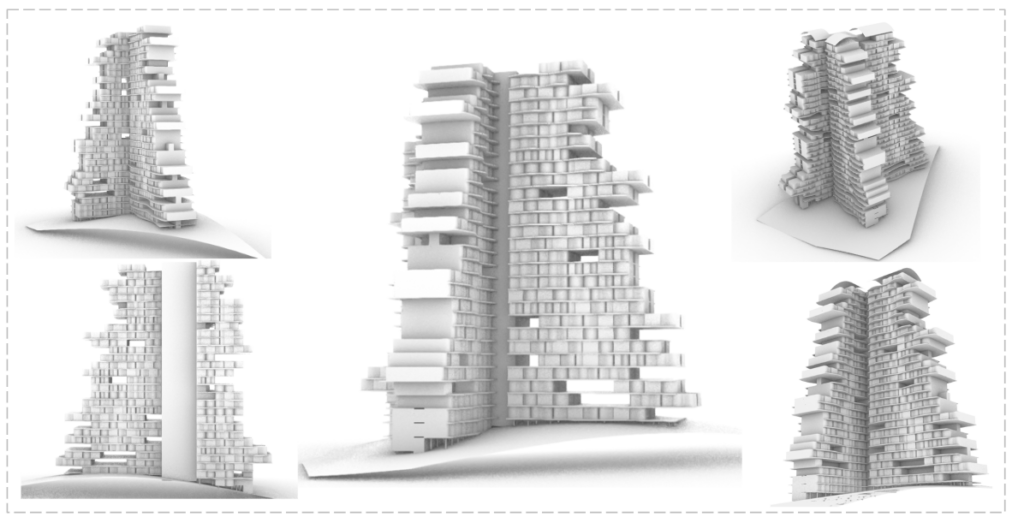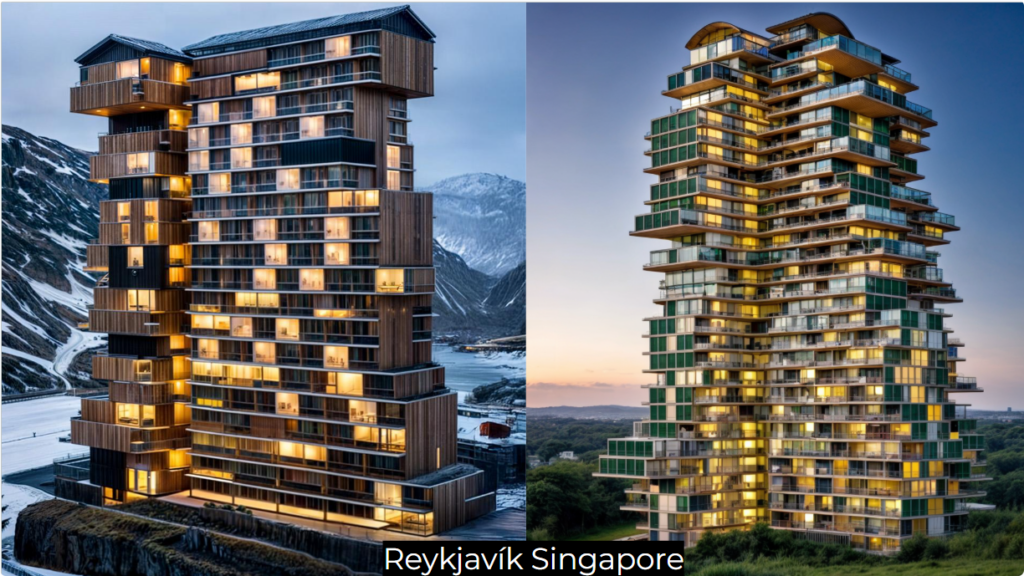Welcome to a deep dive into the AdaptiveFlow Tower, a groundbreaking high-rise residential project developed under the guidance of the IAAC – MaCAD – ACESD program. Conceived by Amira El-Saeed, Aleyna Kırcalı, and Mohamed Attay, this project represents a pioneering approach to urban living where adaptability and sustainability intersect seamlessly with architectural innovation.
Concept Design Approach
The design strategy of the AdaptiveFlow Tower revolves around a bottom-up approach focusing on modularity and flexibility. By prioritizing smaller, interchangeable components, the project facilitates emergent designs that adapt to changing needs and environments. This method not only enhances the building’s functionality but also its ability to evolve over time, mirroring the dynamic nature of urban landscapes.
Inspirations
Nakagin Capsule Tower: Known for its modular units, symbolizing compact living and rapid construction.
L-Systems in Architecture : L-Systems algorithm draw inspiration from the organic growth patterns of plants, using simple rules to simulate complex natural structures.
Modular Aggregation : Modular units will be aggregated following the path generated by L-system algorithm.
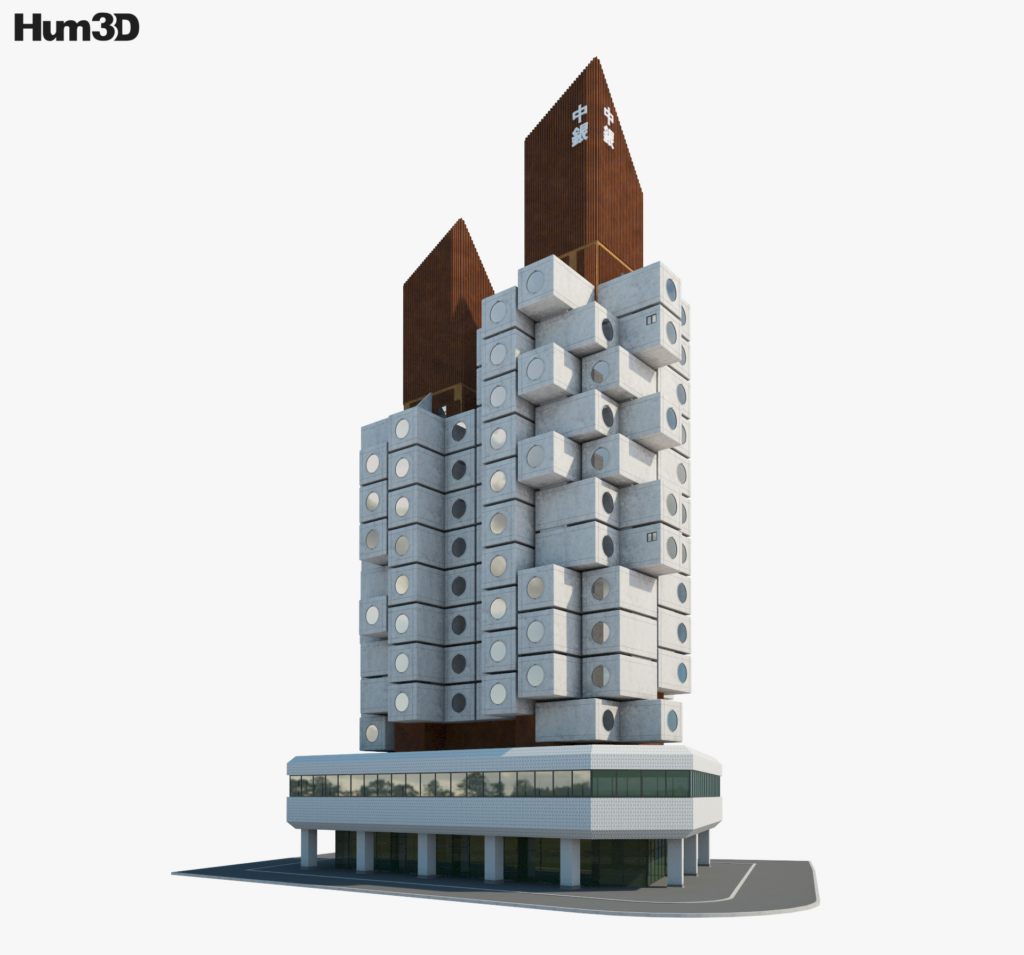
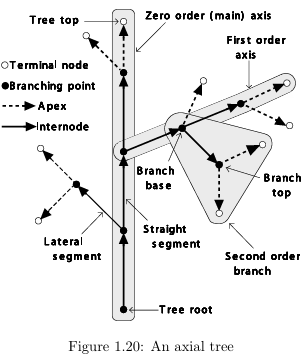
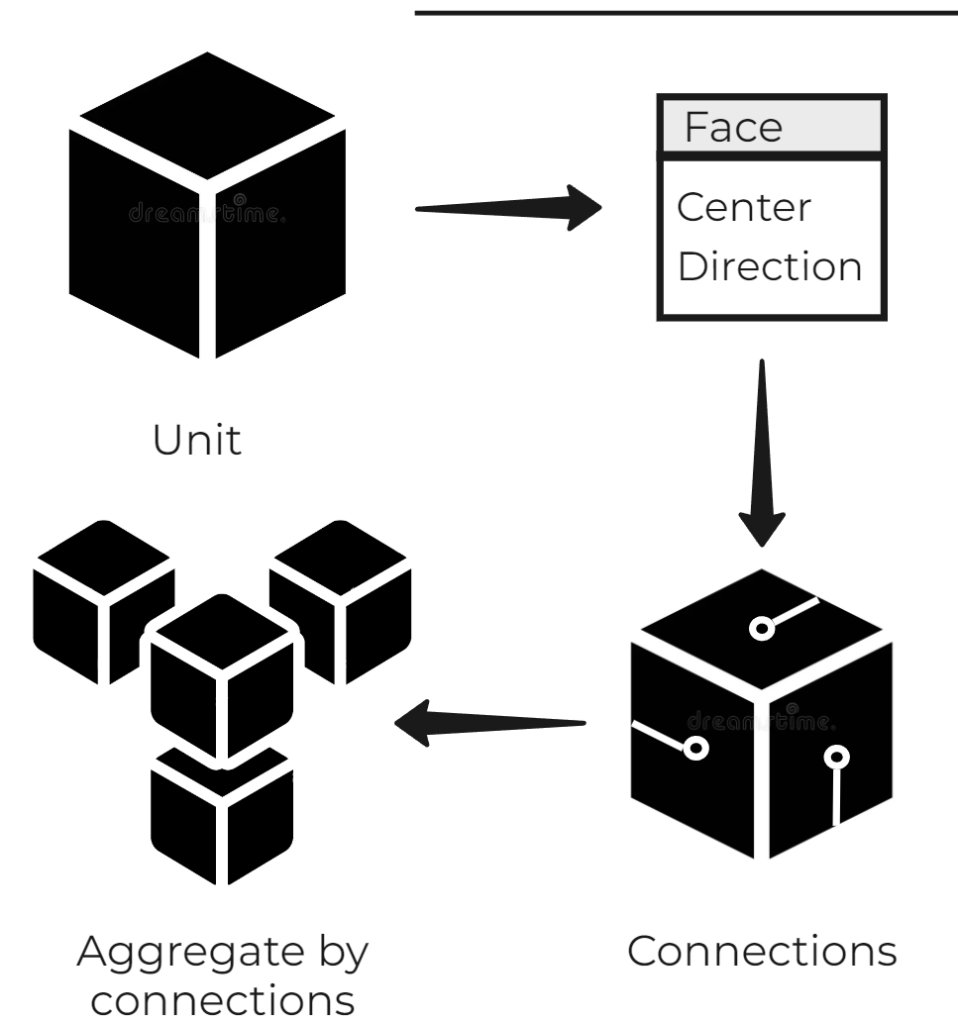
Computational Design Tools




Revit was used to model and detail modular parts, which were then aggregated and visualized in Rhino to explore the final form.
Using Python inside Grasshopper, the aggregation evolves dynamically, generating adaptable forms based on modular rules.
Site & Location
Singapore – Changi
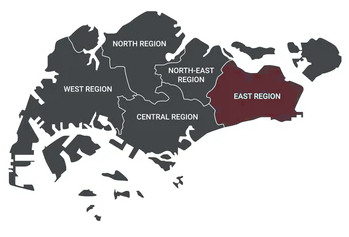
Iceland – Reykjavik
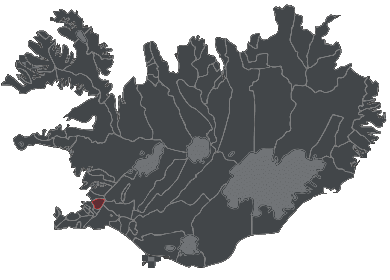
Building Program
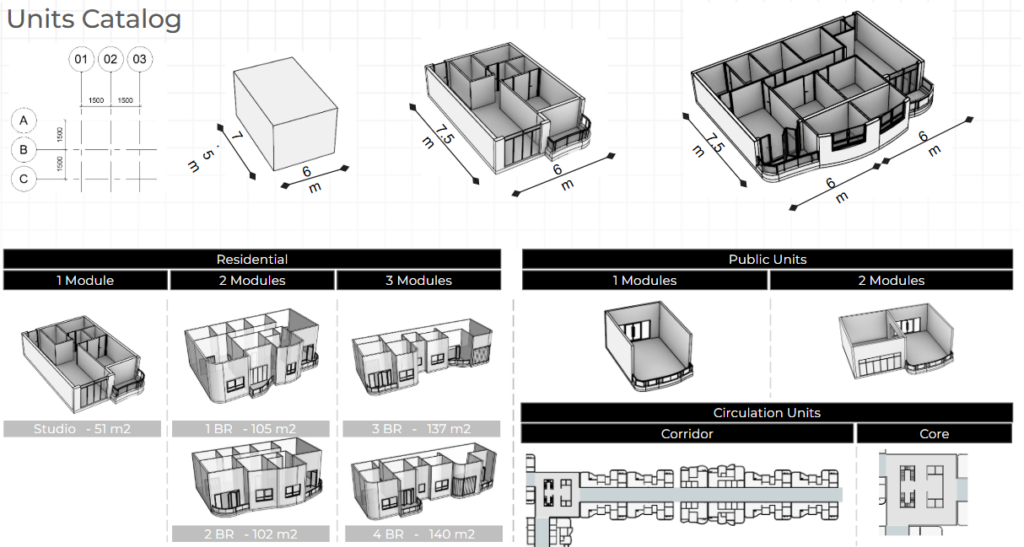
Challenges
1-Input Plot:
- Add start point for growth then calculate the maximum span the building can grow horizontally.
- Dealing with different plots, to have the maximum number of units
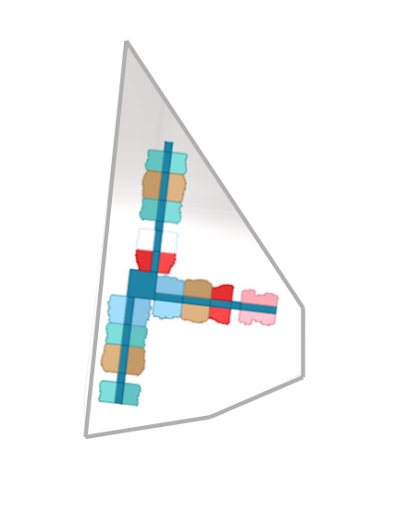
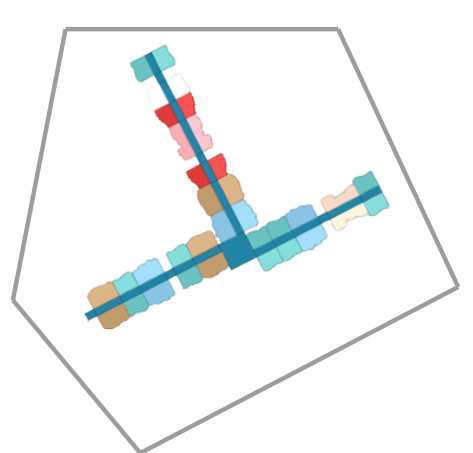
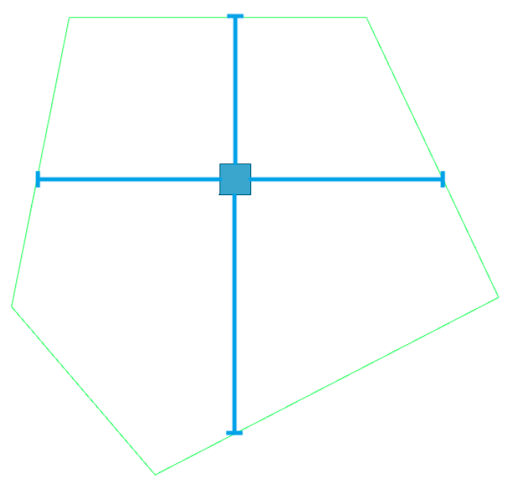
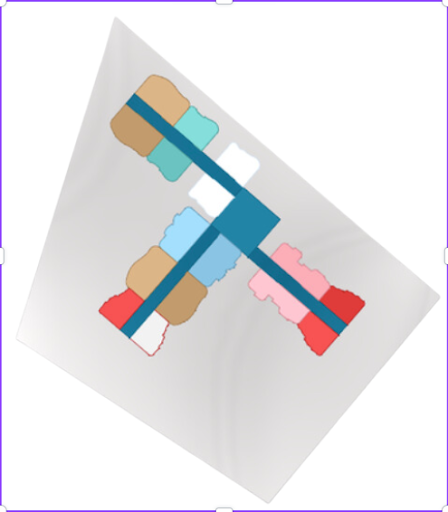
2-Working with different topography:
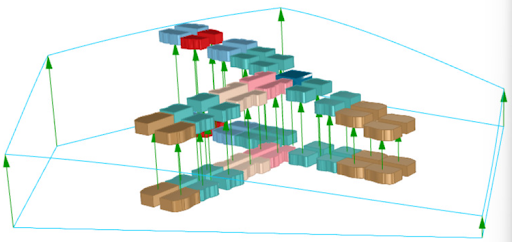
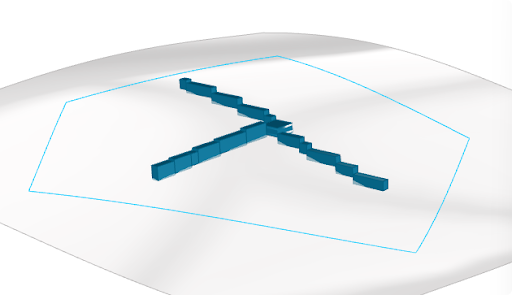
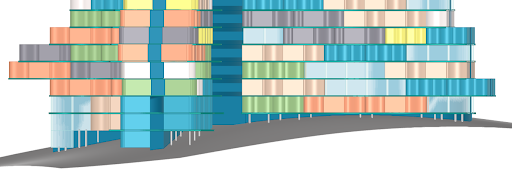
3-Adapting to desired inputs
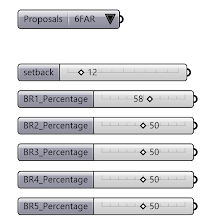
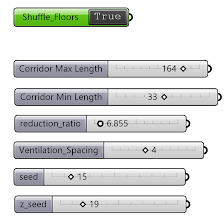
Site related challenges
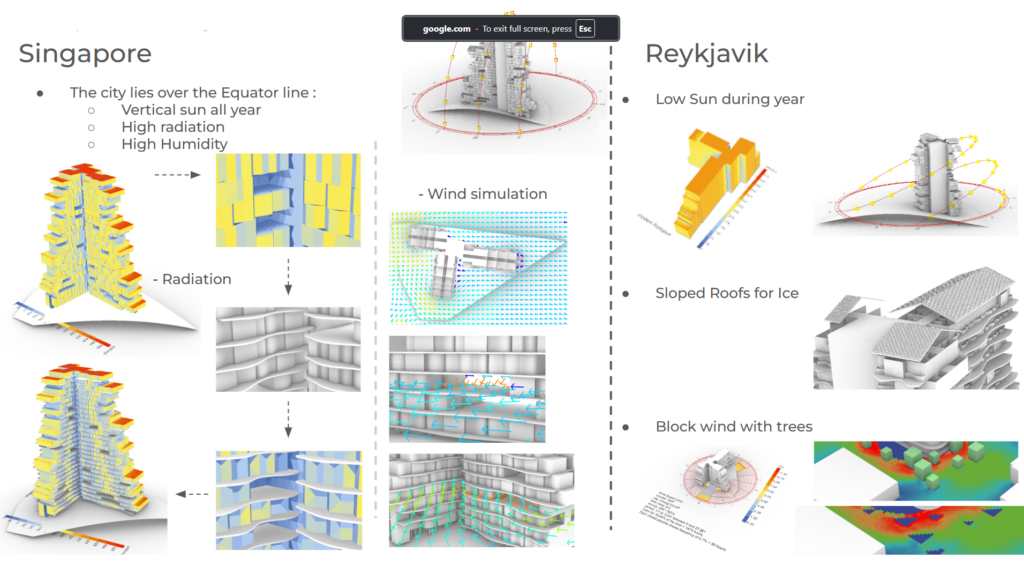
Computational workflow
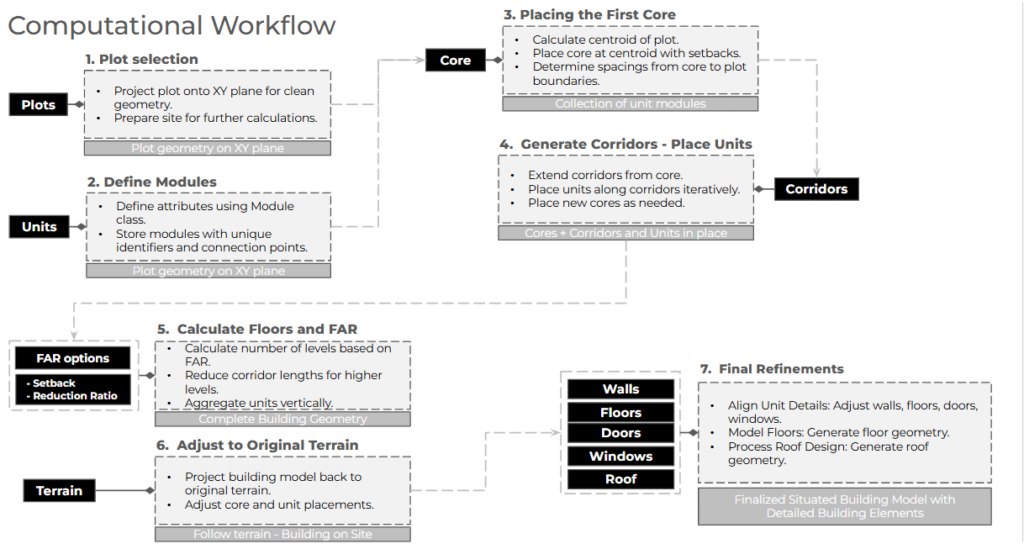
Instantiation of the building
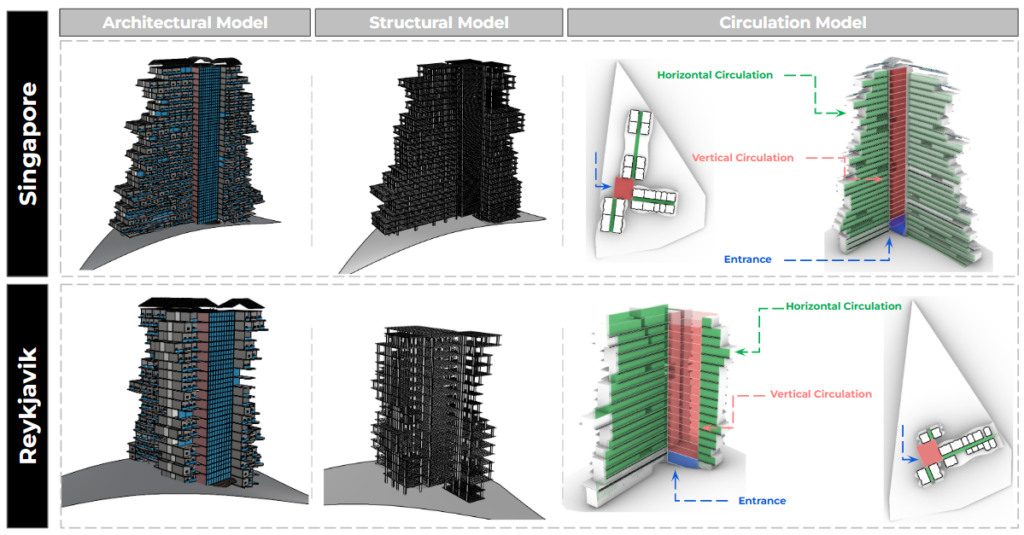
Building in detail
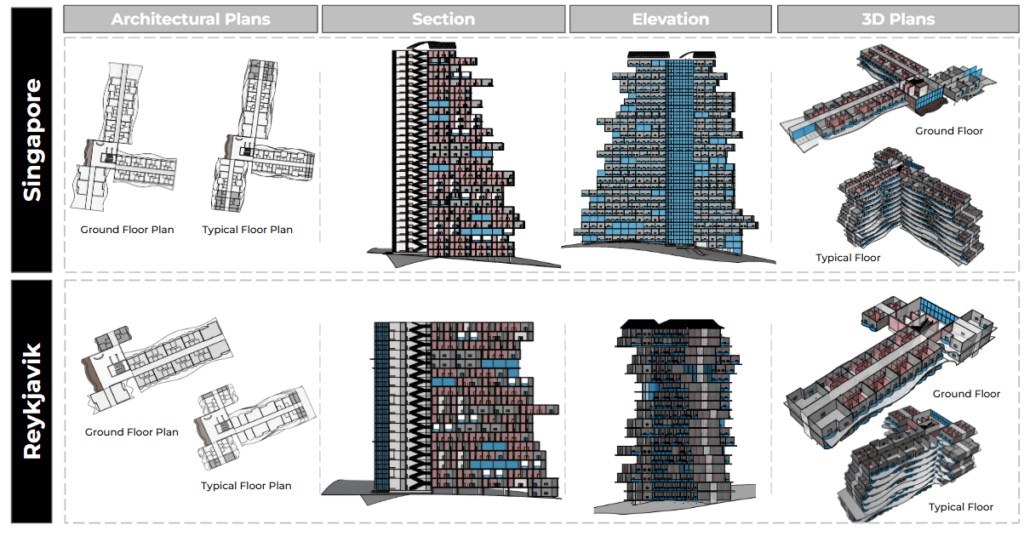

Design Permutations
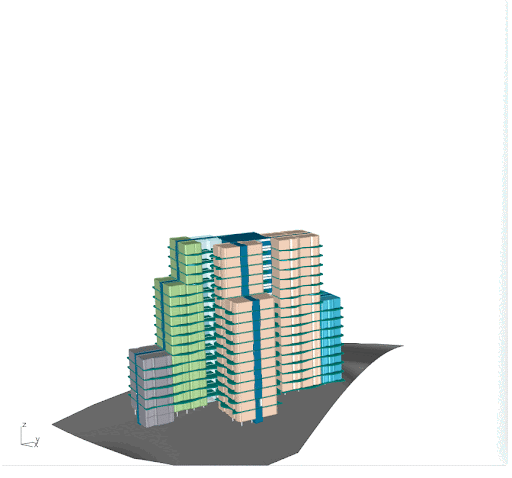
2FAR vs 6FAR & Regular to Random units
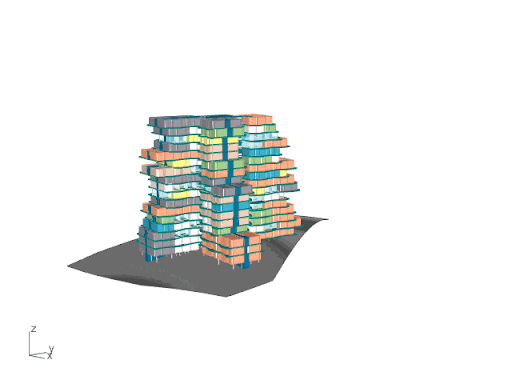
Different units input variation
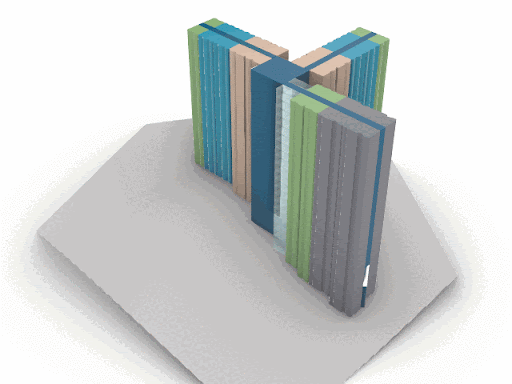
Changing all the inputs, Overall variation

Reduction Ratio variation
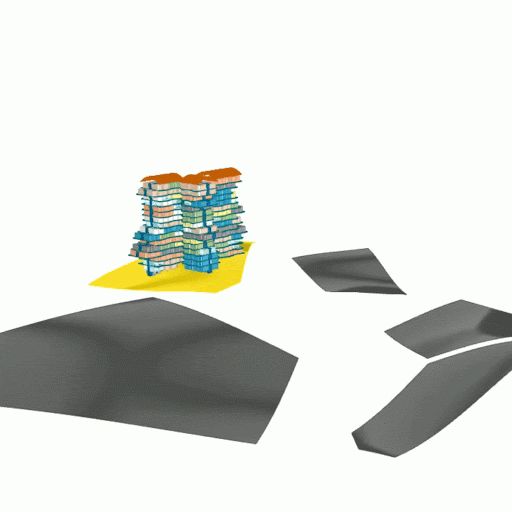
Selecting Different Plot
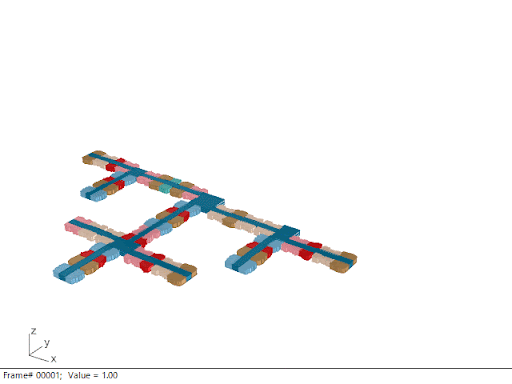
Changing the number of levels
Output Analysis
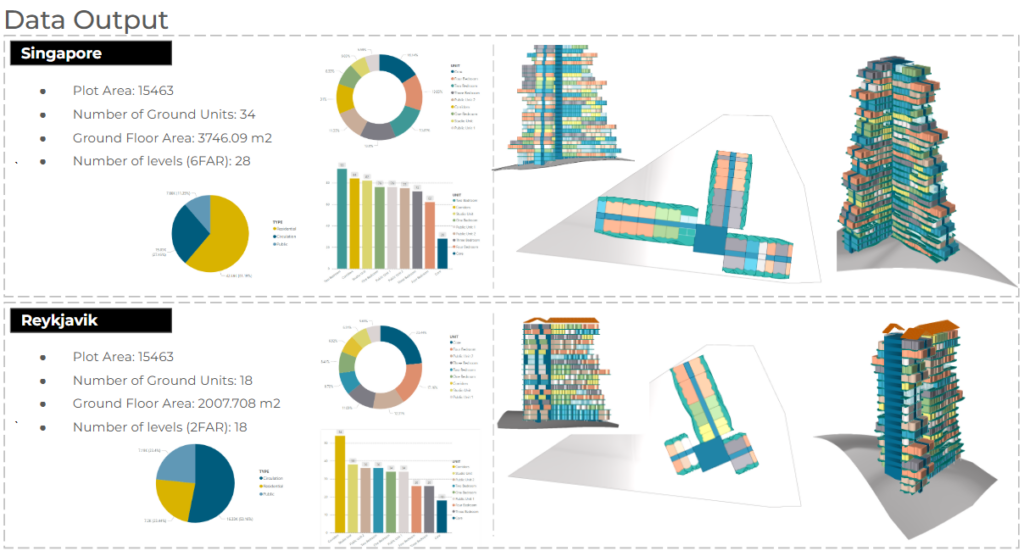
Result sample
